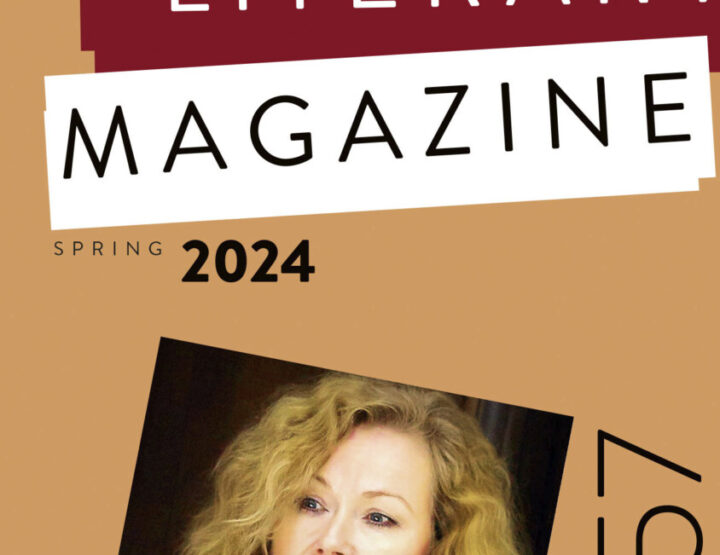When Estonian Literary Magazine was first published in 1995, it was our conviction that the whole world wanted to find out how fascinating Estonian literature truly is. The new publication was meant to give other nations a sense of Estonian literature, and interest came quickly.
During the Soviet occupation, literature helped Estonians endure and keep hope alive with often-hidden messages. Literature was certainly more vital to us than it was to Western societies, though not many Estonian works had been translated, and not many people outside of Estonia really knew what to expect. So, it was natural to undertake what was a new magazine in cooperation with the Estonian Institute and the Estonian Writers’ Union, as the former was founded to forge cultural ties just like those foreseen by the project. In turn, the West wanted to learn more about national literature that had hitherto been hidden behind the Iron Curtain. Although some Estonian writing had trickled through, foreign publishers, translators, and Estophiles alike rushed to contact the Estonian Institute and the Estonian Writers’ Union, sensing new discoveries. ELMset out to cover earlier and forthcoming books, publish essays and interviews and endeavor to answer the world’s questions to at least some degree.
ELM was published for twenty nine consecutive years, and global interest has only risen. Smaller national cultures and literatures attract more attention than ever before, foreign publishers seek counterweights to larger cultures’ homogenizing effects, and translation has also flourished. Estonian writers are in demand among foreign publishers and literary festivals. Although much has changed since ELM’s early days, its fundamental task has remained the same: to provide information about Estonian literature to anyone interested. Literature itself has also changed over nearly three decades, assuming a role in Estonian society similar to the one it had prior to occupation and still has in Western countries today. Contemporary Estonian literature is diverse, covering almost every practiced genre. The pool of active writers is growing briskly, and it sometimes seems like even more is written than read. A similar trend can be discerned worldwide, making it extraordinarily difficult to stand out. Therefore, providing a wide range of attractively presented information is crucial, including longer pieces on major and up-and-coming authors, interviews, and summaries of new Estonian books.
The HeadRead literary festival is marking its fifteenth year. For a decade and a half, the festival has been a platform for foreign writers to share a stage with local ones. We’ve also hosted publishers from several countries in cooperation with the Estonian Literature Center. Foreign guests can discuss their own writing and works while also observing Estonia’s literary scene, and the Estonian Literary Magazine has been a crucial tool in introducing them to Estonian literature. It’s often enough for a simple name or intriguing review to stick in their minds and grow into a pearl of further interest.
The Estonian Publishers’ Union attends large international book fairs with a stand displaying Estonian literature and publications, of which the Estonian Literary Magazine has again been one of the most prominent and valuable assets throughout the years. Most other countries put out similar periodicals with varying structures: some comprising sweeping overviews and reviews, others focusing solely on new books. ELM united both approaches, and I hope that thanks to these book fairs, it has also traveled to almost every corner of the world.
ELM neatly accomplished its goal of introducing Estonian literature abroad while undergoing very few necessary tweaks over the decades. One can debate whether paper periodicals are still relevant in this digital day and age, but so long as paper books are being published, people will likely wish to read about them and their authors on paper, too.
Now, one era of acquiring Estonian literature abroad has come to an end. Although the way we communicate Estonian literature will change, the communication itself certainly won’t cease. The world is filled with literature and books, and for many long years, Estonian Literary Magazine was a capable guide to navigating at least a tiny corner of it.
Krista Kaer (b. 1951) is an Estonian editor and translator whose most widely read translation into Estonian is the Harry Potter series (together with her daughter Kaisa Kaer). Kaer has been the editor-in-chief of the publishing house Varrak and an organizer of the HeadRead literary festival since 1995. She was also the first editor of Estonian Literary Magazine.




